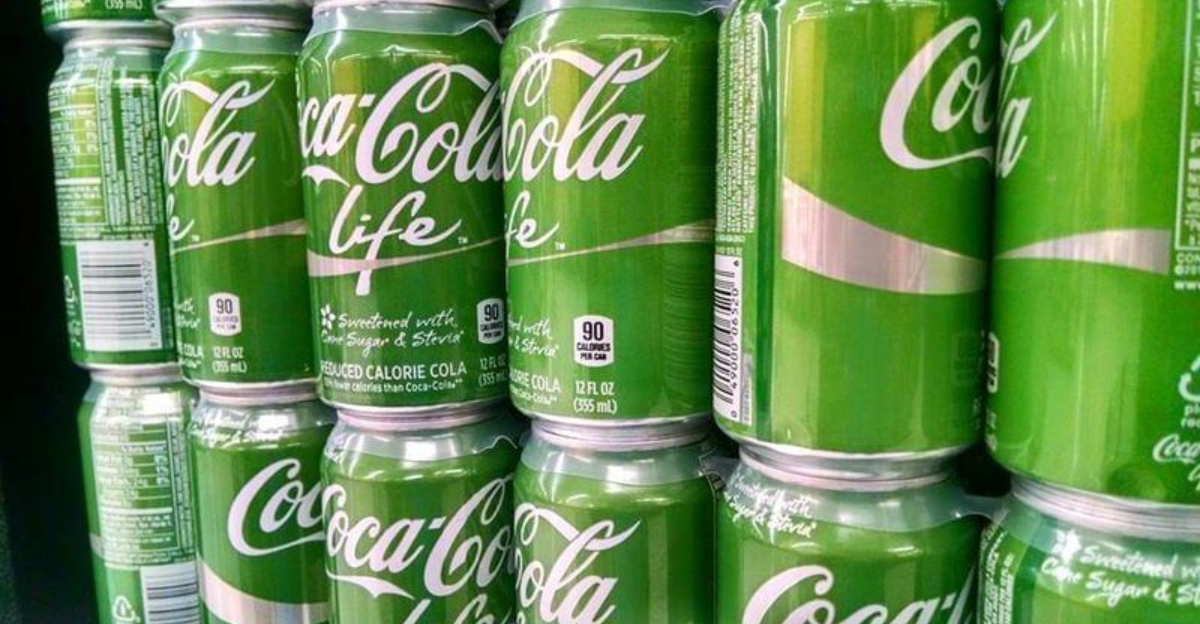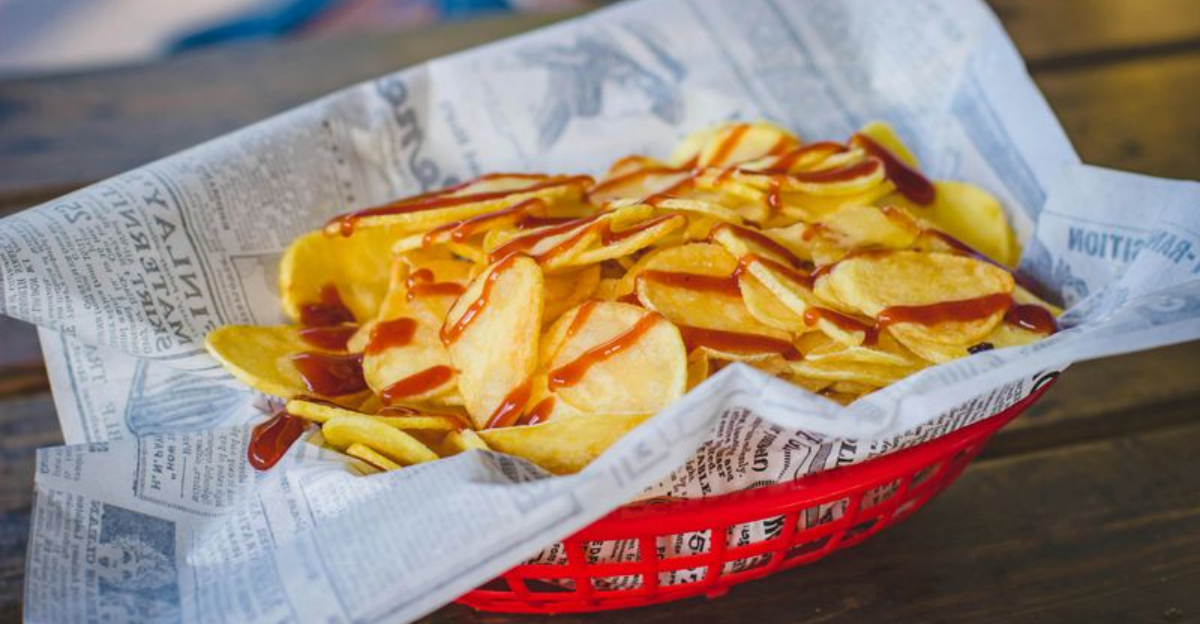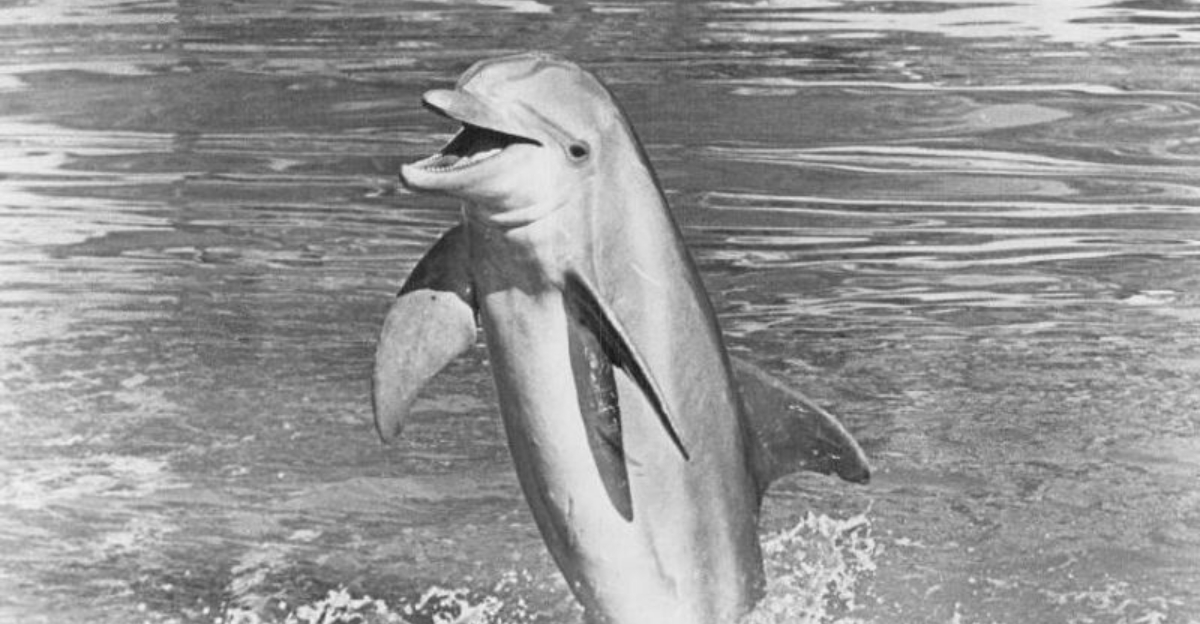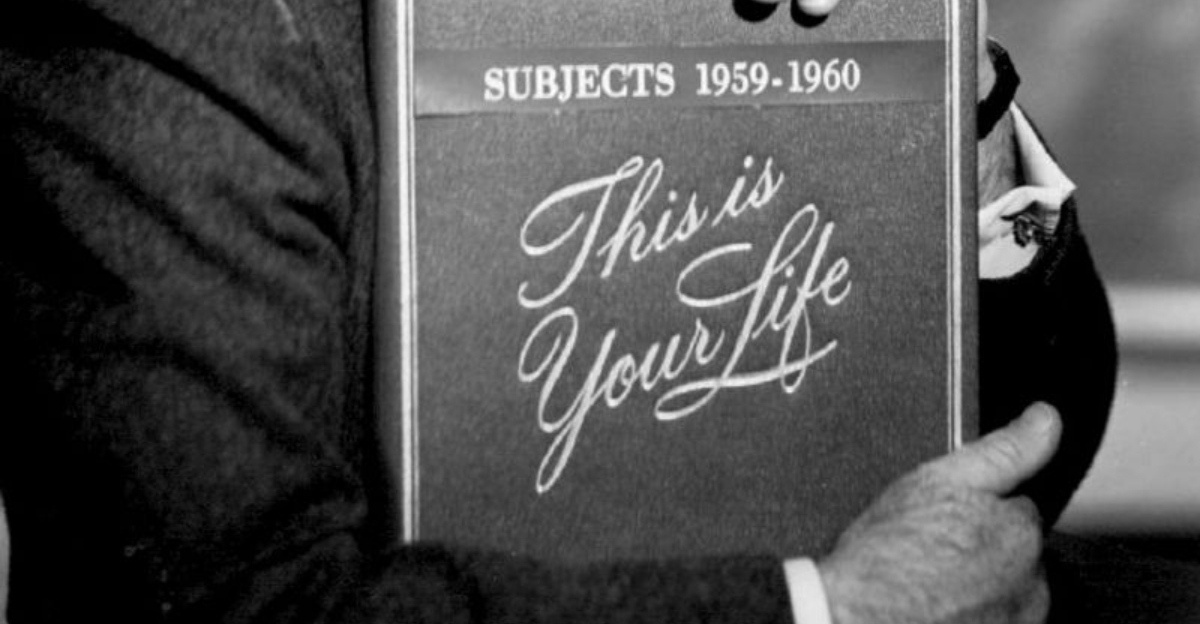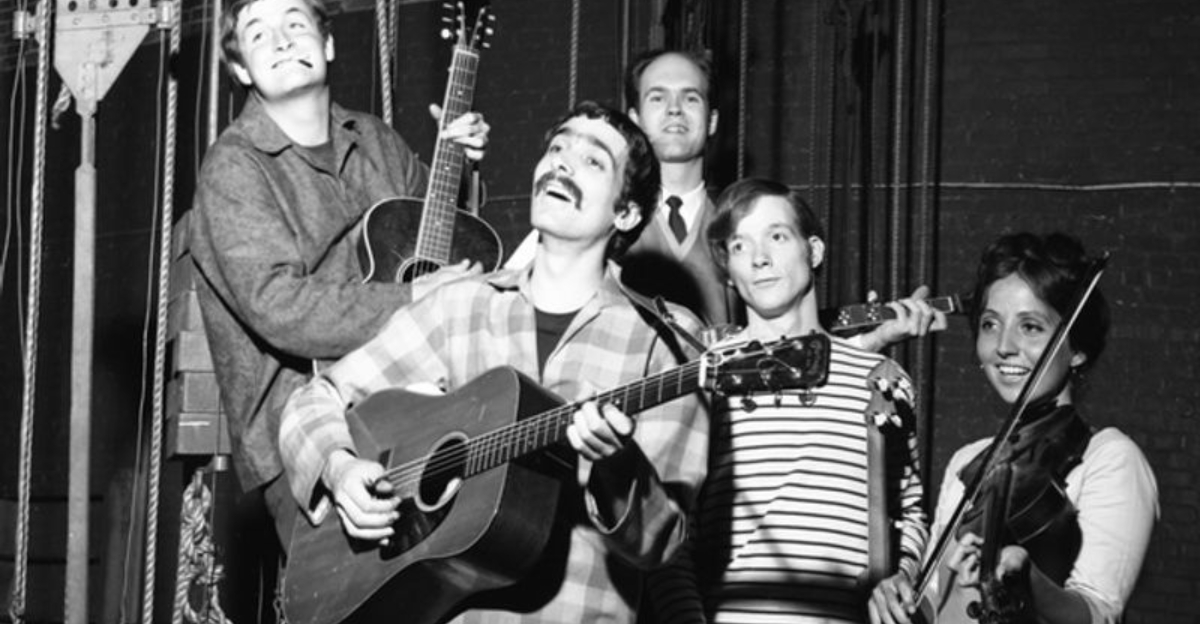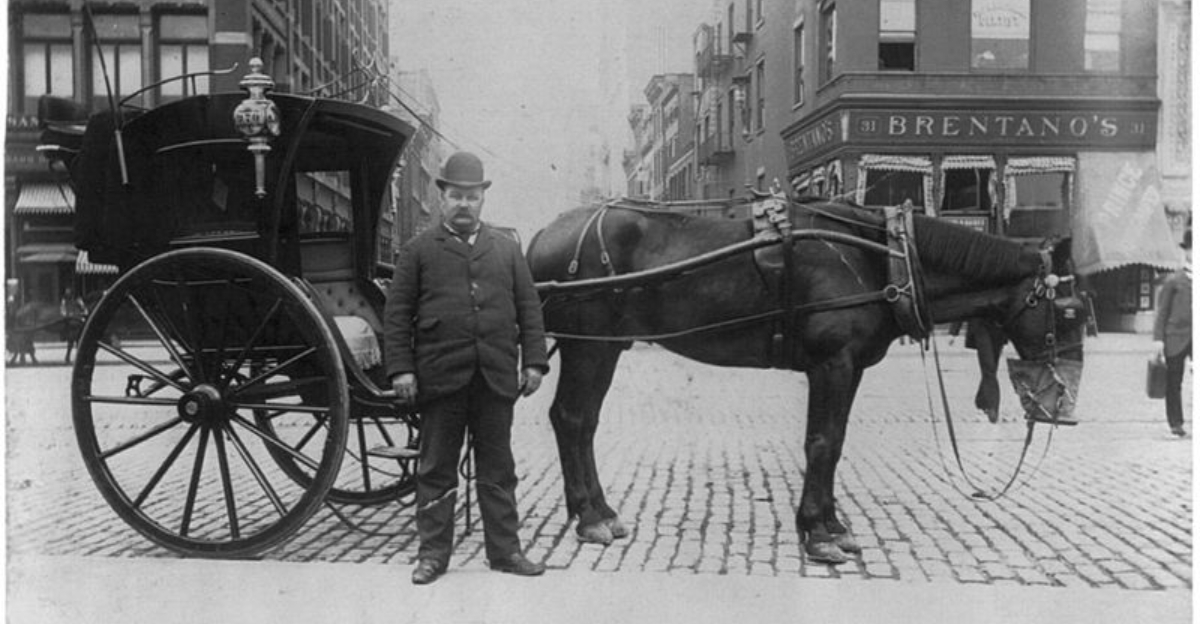16 Things About The ’60s That Would Leave Today’s Generation Speechless
The 1960s weren’t just another decade – they were a cultural explosion wrapped in tie-dye and revolution.
It was a time when music could start movements, television shaped beliefs, and youth culture rewrote the rules of everything.
People gathered, protested, and dreamed in ways that seem almost impossible now.
1. The March On Washington Drew A Quarter Million People
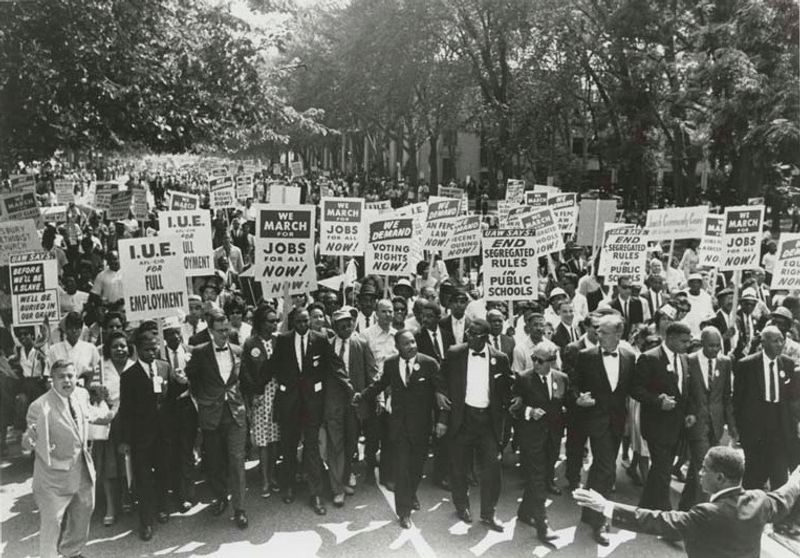
Imagine organizing a protest without social media, email, or even reliable long-distance phone calls.
Back in 1963, over 250,000 Americans traveled to Washington D.C. for the March on Washington, where Dr. Martin Luther King Jr. delivered his famous “I Have a Dream” speech.
This massive turnout happened through word-of-mouth, church networks, and community organizing. No Facebook events or Twitter hashtags needed – just determination and belief in a cause worth fighting for.
2. Nearly Half The Nation Was Under 18
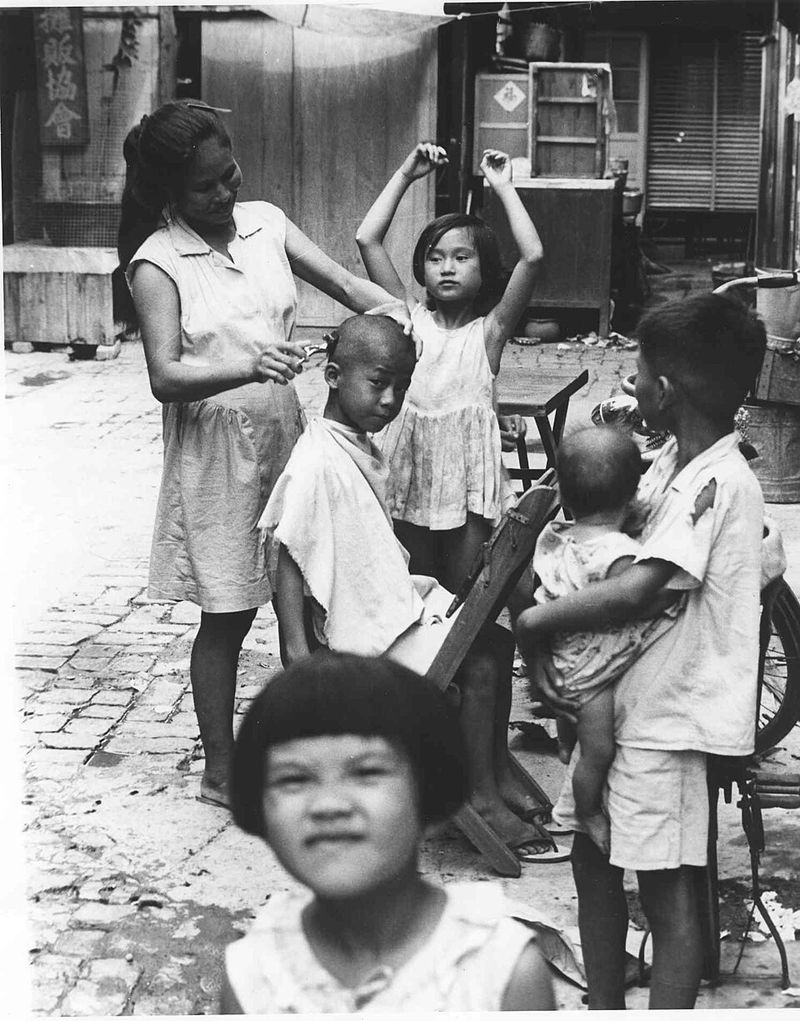
If you walked down any street in 1960, you’d be surrounded by kids everywhere. Nearly half of the entire U.S. population was under 18 years old, thanks to the post-World War II baby boom.
Schools were bursting at the seams, playgrounds were packed, and youth culture dominated everything from advertising to politics.
Today’s aging population makes this statistic almost unbelievable by comparison.
3. The Beatles Owned The Top Five Billboard Spots Simultaneously
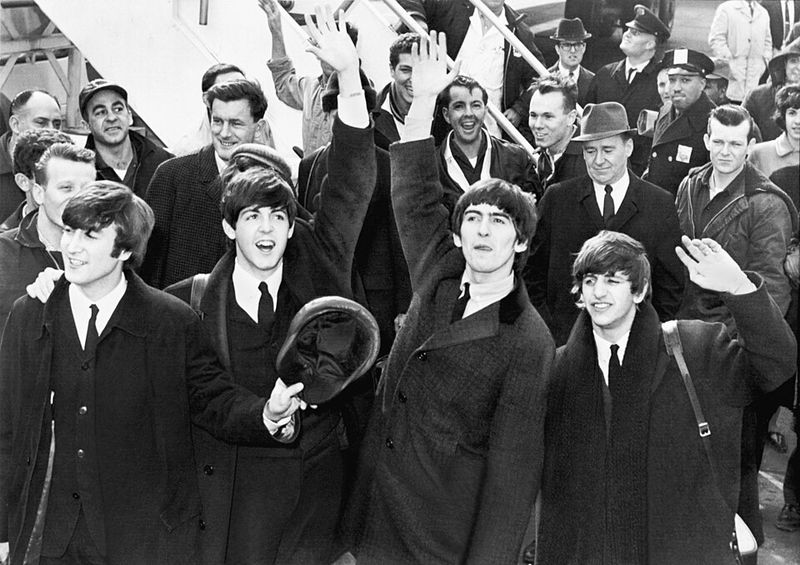
When The Beatles invaded America in 1964, they didn’t just top the charts – they conquered them completely. For one incredible week, all five top spots on the Billboard Hot 100 belonged to the Fab Four.
No artist before or since has achieved this mind-blowing feat. Songs like “Can’t Buy Me Love” and “Twist and Shout” played on repeat everywhere, cementing Beatlemania as a cultural phenomenon.
4. The Space Race Ended With Humans On The Moon
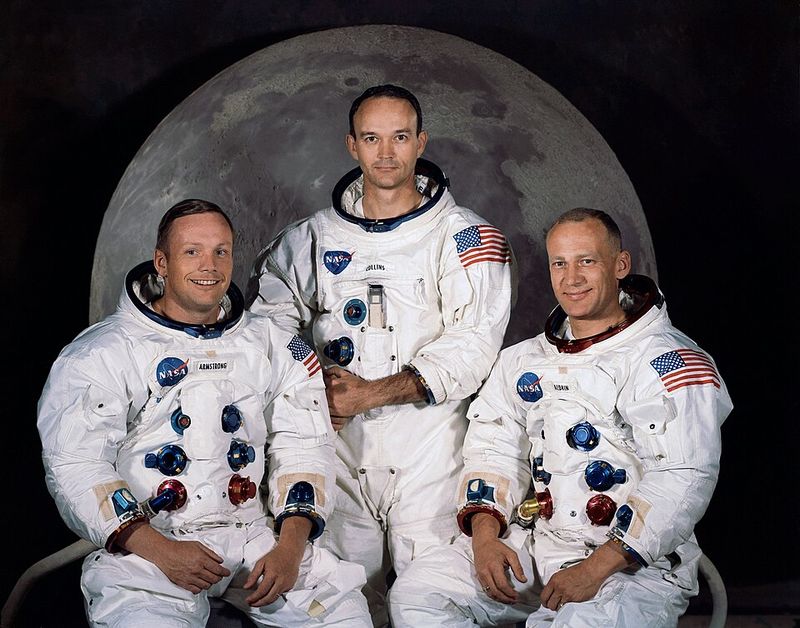
Starting the decade with barely any space exploration experience, America achieved the impossible by July 1969.
Neil Armstrong and Buzz Aldrin walked on the moon while millions watched on television, marking humanity’s greatest adventure.
Technology advanced so rapidly that what seemed like science fiction became reality in less than ten years. Nothing has matched that level of collective awe since.
5. Civil Rights And Feminism Made Massive Legal Progress
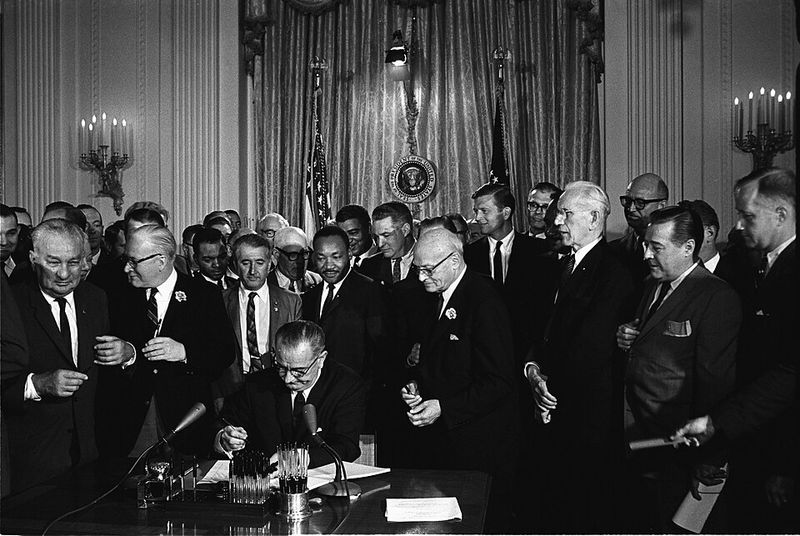
Within just a few years, laws that had stood for generations came crashing down. The Civil Rights Act of 1964 and Voting Rights Act of 1965 transformed legal equality for African Americans.
Meanwhile, the feminist movement gained serious momentum, challenging workplace discrimination and traditional gender roles.
These rapid changes rewrote the rulebook on who deserved equal treatment under the law.
6. Black-and-White TVs Were Still The Norm
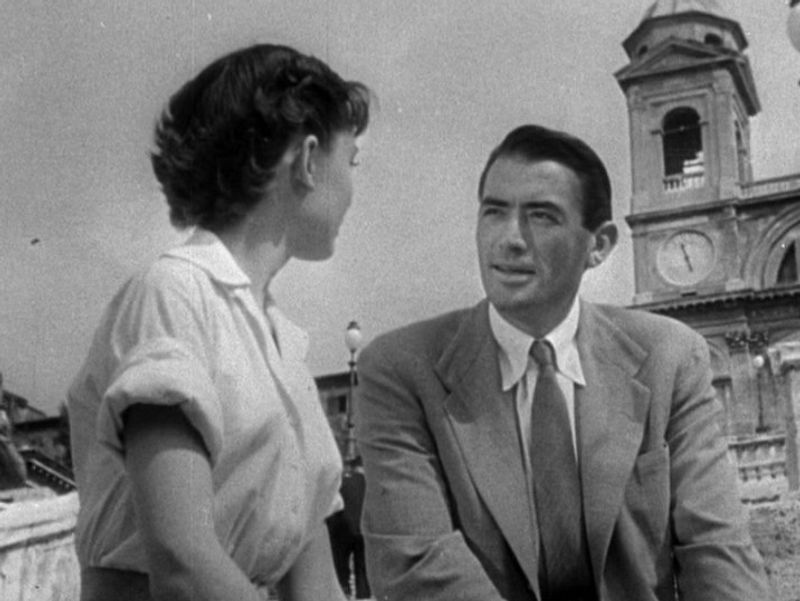
While color television existed in the ’60s, most families couldn’t afford one.
Watching your favorite shows meant seeing everything in shades of gray, and honestly, people didn’t mind much because they didn’t know what they were missing.
Color TV sets cost as much as a used car, making them luxury items. Today’s 4K streaming seems like alien technology compared to those boxy screens.
7. Anti-War Protests Became A Defining Feature
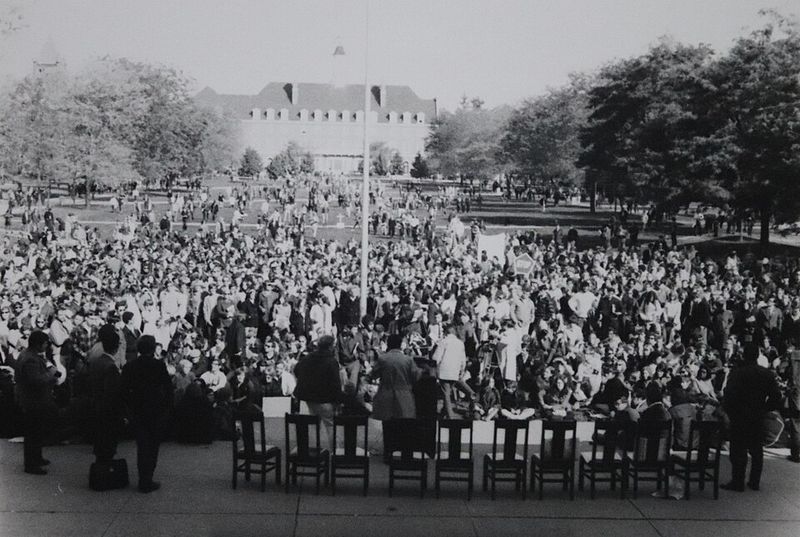
Protesting against your own country’s military actions was practically unheard of before Vietnam. But as casualties mounted and the war dragged on, thousands of Americans took to the streets demanding peace.
These demonstrations grew larger and more frequent throughout the decade, fundamentally changing how citizens interact with government decisions.
8. Music Transformed Completely Across Multiple Genres
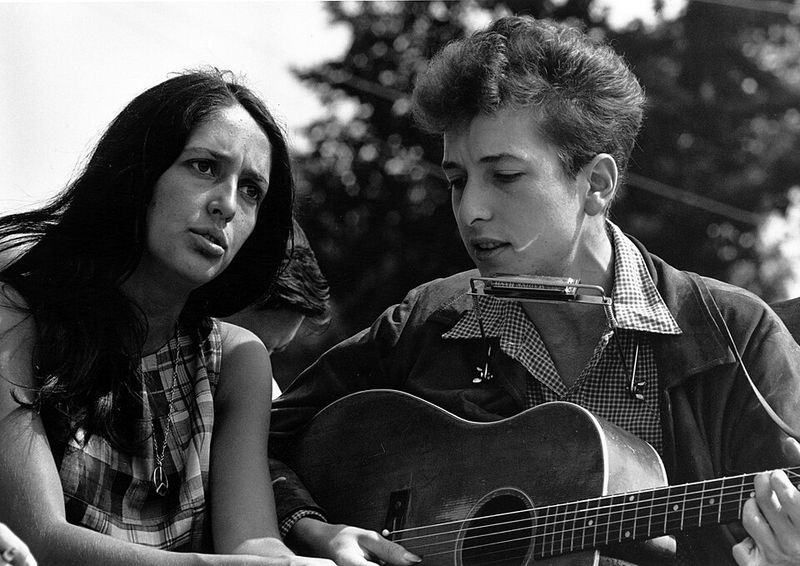
Folk music, Motown soul, psychedelic rock, and British Invasion pop all exploded during the same ten years.
Artists like Bob Dylan, The Supremes, Jimi Hendrix, and The Rolling Stones created sounds nobody had heard before.
Radio stations struggled to keep up with the constant innovation. Music became the language of revolution, love, and social change all at once.
9. Students Became Political Powerhouses
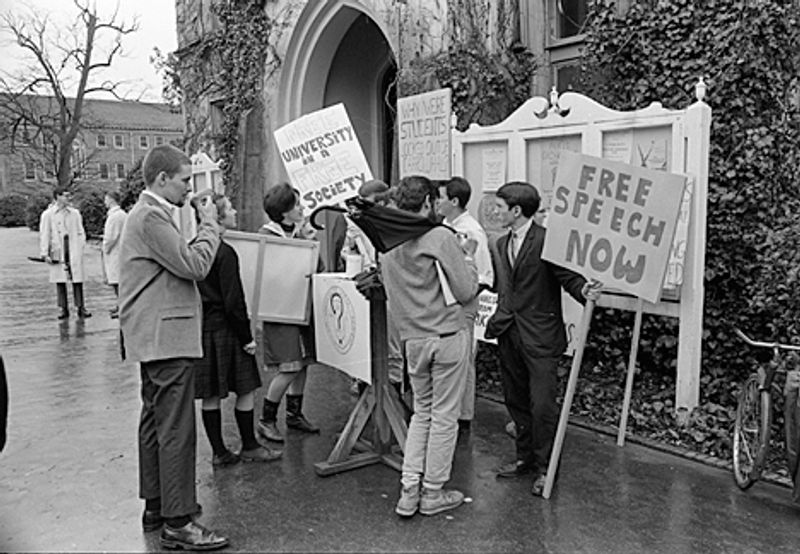
College campuses transformed from quiet study halls into centers of political activism.
Students organized massive protests, demanded curriculum changes, and challenged university administrations like never before.
Groups like Students for a Democratic Society mobilized thousands to fight for civil rights and against the war.
Young people proved they could influence national policy through organized action and persistent pressure.
10. Radical Ideas Entered The Mainstream
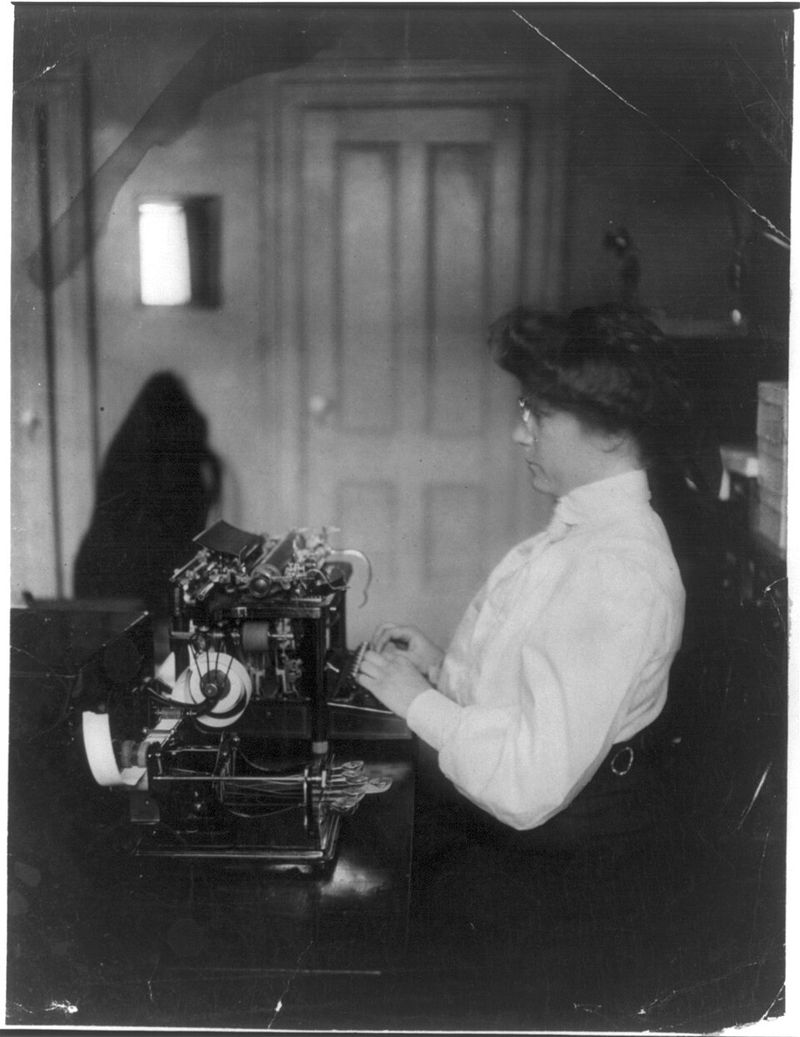
Concepts that seemed crazy or dangerous at the decade’s start became acceptable dinner conversation by its end.
Gender equality, questioning military authority, and challenging racial segregation moved from fringe positions to serious national debates.
Television shows, magazines, and politicians began addressing these once-taboo topics openly. What grandparents considered radical became what their grandchildren considered common sense.
11. Counterculture Challenged Every Societal Norm
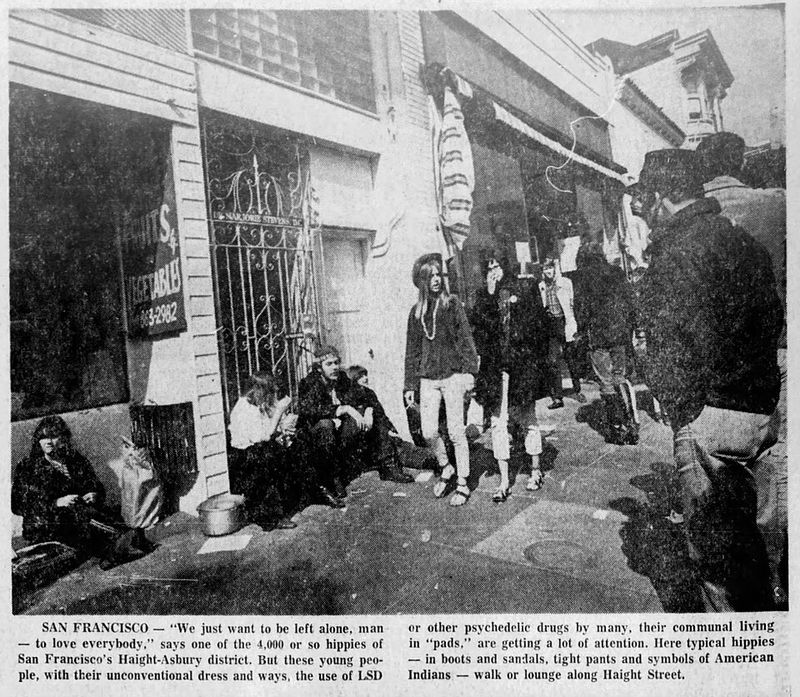
From San Francisco’s Haight-Ashbury to New York’s Greenwich Village, young people created alternative communities that rejected mainstream values entirely.
They experimented with communal living, Eastern philosophy, and lifestyles their parents found incomprehensible.
“Turn on, tune in, drop out” became more than a slogan – it represented a complete rejection of conventional success. This counterculture influence still shapes art, music, and social movements today.
12. British Artists Dominated American Charts
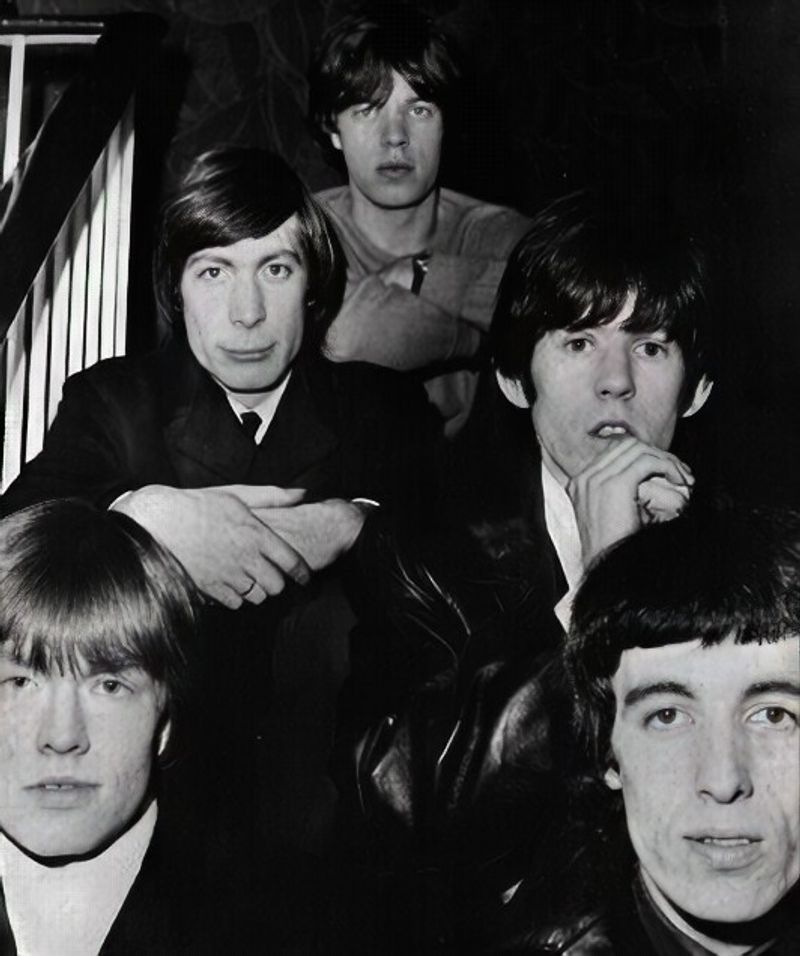
The British Invasion flipped the music industry on its head. Bands from England didn’t just compete with American artists – they completely took over radio stations and record sales across the United States.
Groups like The Beatles, The Rolling Stones, and The Who became household names faster than any domestic acts.
American teens suddenly adopted British slang and fashion, creating a transatlantic cultural exchange.
13. Early Computers And Modern Gadgets Began Appearing
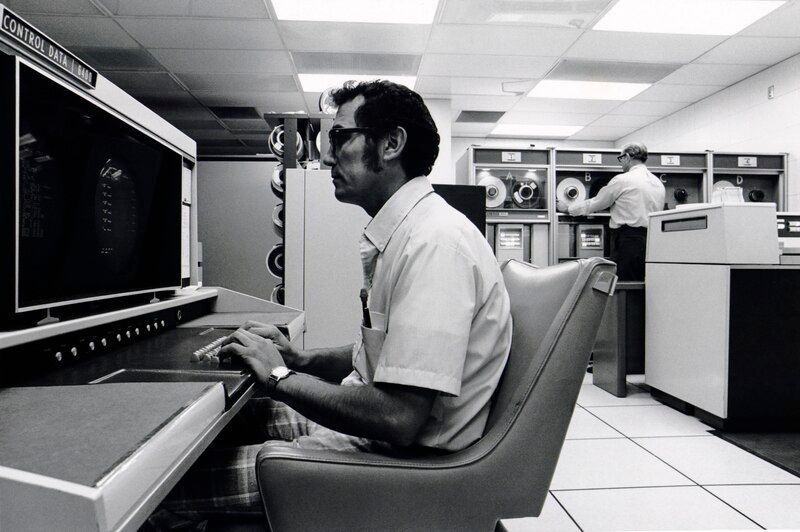
Computers existed, but they filled entire rooms and required teams of specialists to operate. The idea of a personal computer small enough for your desk seemed absurd, yet the seeds of our digital age were planted.
Touch-tone phones replaced rotary dials, color TVs became more affordable, and transistor radios let people carry music anywhere. These baby steps toward modern technology felt revolutionary at the time.
14. Woodstock Defined A Generation
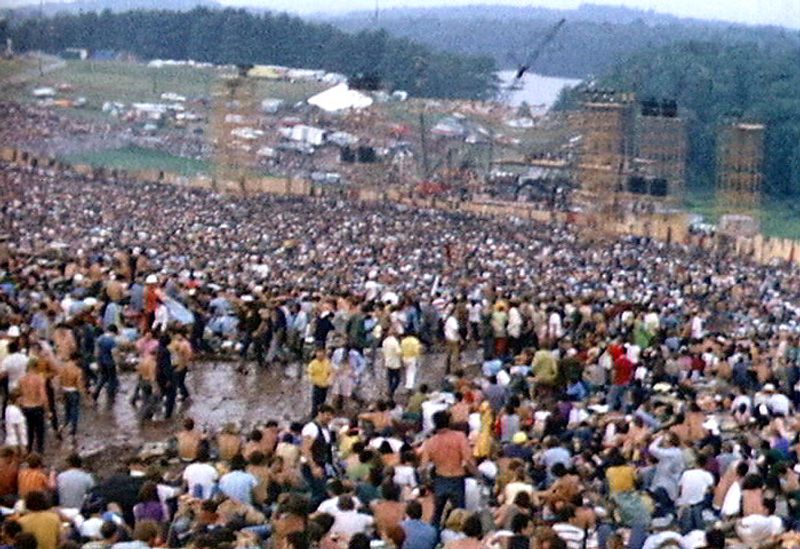
When nearly half a million people descended on a farm in upstate New York for three days of peace, love, and music, they created a defining moment.
Woodstock became the ultimate symbol of ’60s counterculture and youth solidarity.
Despite rain, mud, and logistical nightmares, the festival represented everything the decade stood for. Legendary performances from Jimi Hendrix, Janis Joplin, and others cemented its place in history forever.
15. Assassinations Shook The Nation Repeatedly
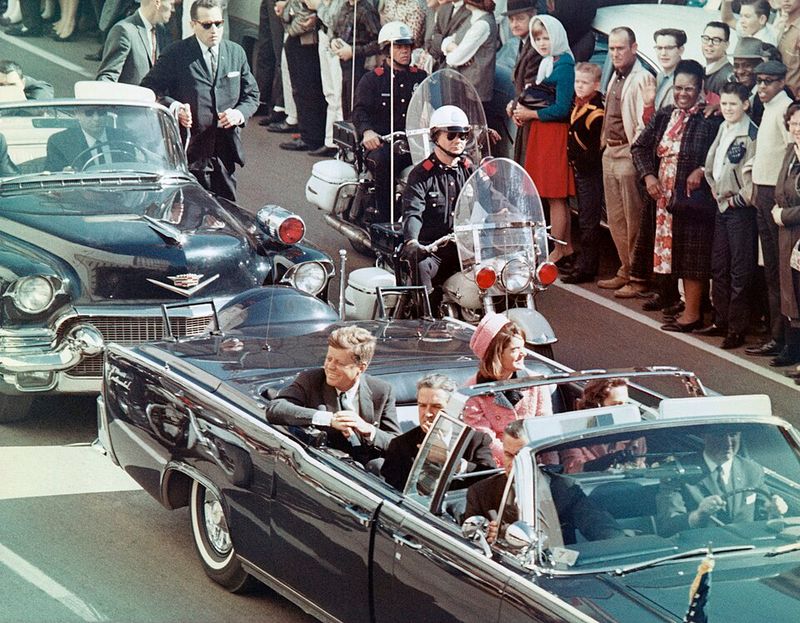
President John F. Kennedy, civil rights leader Martin Luther King Jr., and Senator Robert Kennedy all fell to assassins’ bullets within five years.
Each death sent shockwaves through American society and left the nation grieving collectively.
These tragedies shaped political discourse and fueled both hope and cynicism. Violence claimed the lives of transformative leaders just when the country needed them most, leaving lasting scars.
16. Environmental Movement Gained Serious Momentum
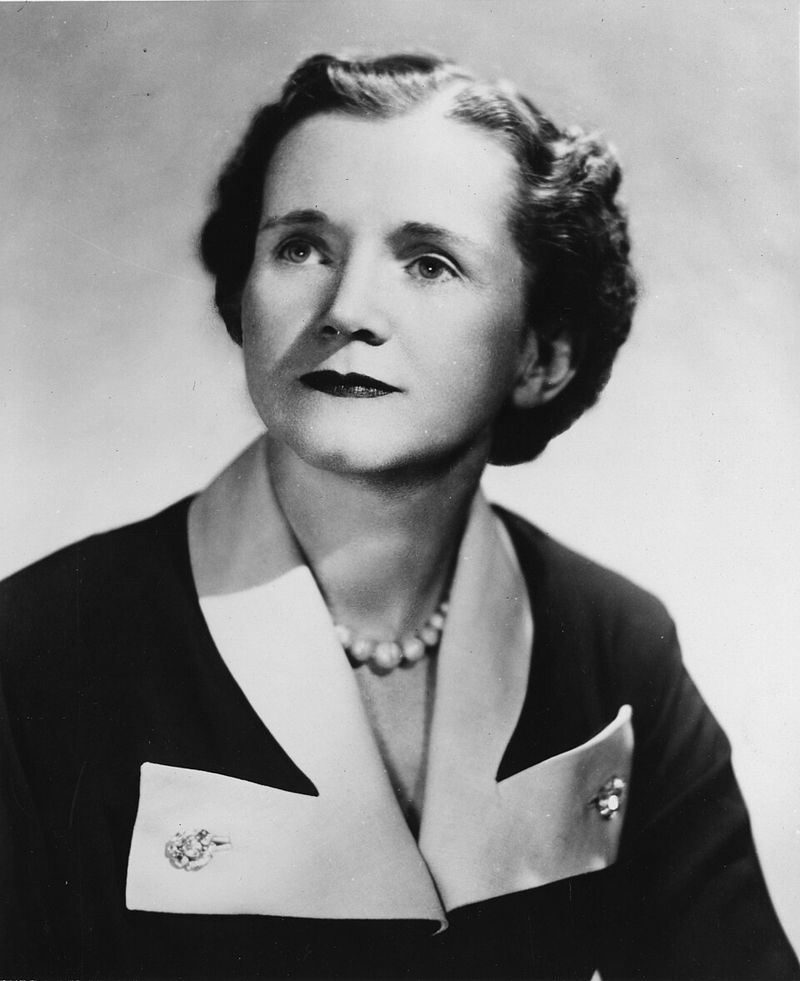
Rachel Carson’s book “Silent Spring” sparked awareness about pollution and environmental destruction that had been ignored for decades.
By decade’s end, protecting nature became a legitimate political concern rather than a fringe interest.
Rivers caught fire, smog choked cities, and pesticides threatened wildlife – problems finally getting attention.
This growing consciousness laid groundwork for the first Earth Day in 1970 and modern environmental regulations we take for granted.

